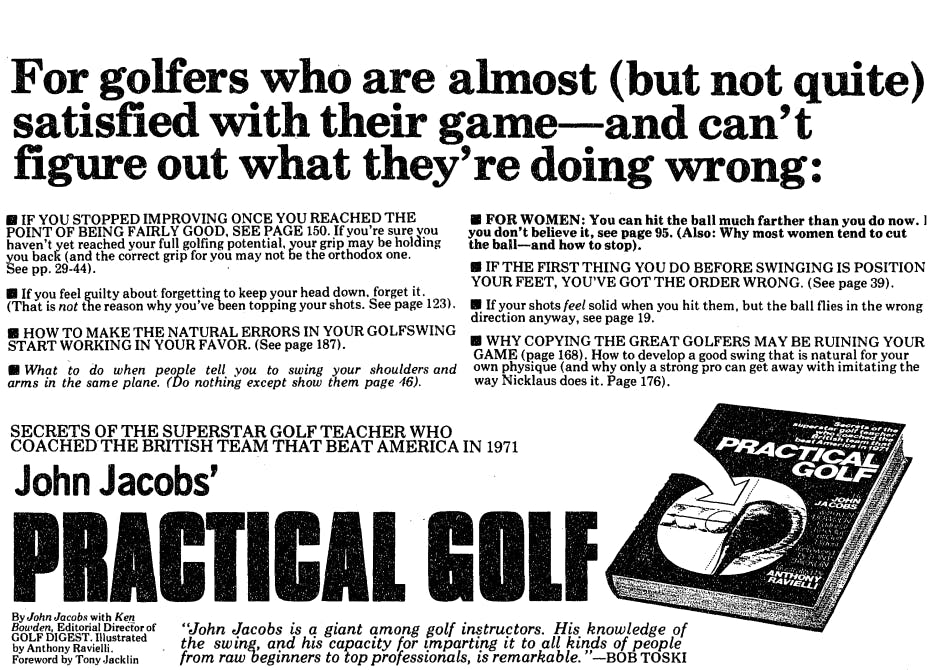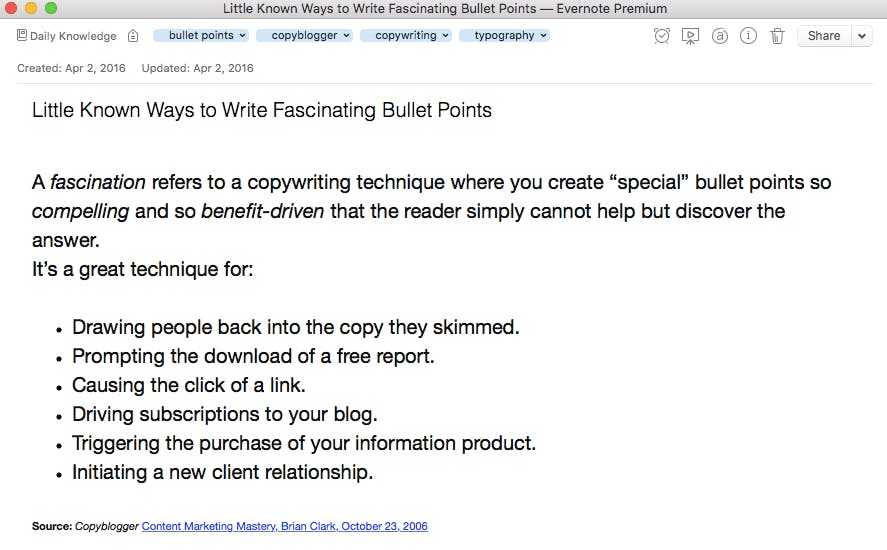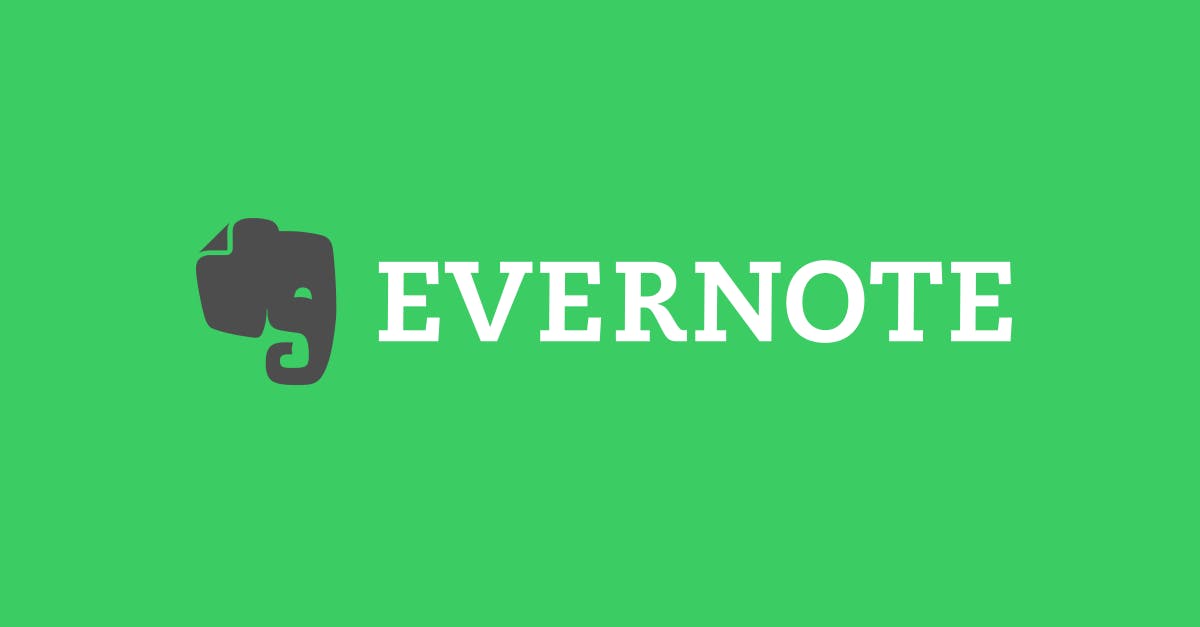his post is part of our ongoing series, “Taking Note,” outlining the storied history and styles of note-taking. Throughout the coming weeks, we’ll explore how the practice of taking notes can improve your creativity and all the work you set out to accomplish.
In a world that moves at the speed of social media, it’s imperative to get your point across quickly.
More often than not, when you’re dealing with 140 characters or less, it helps to throw in an emoticon, gif, or a numbered list. But, nothing conveys information more clearly in a visually appealing manner than a nice, solid bullet point. How about we explore the awesome history and copywriting benefits of the bullet point:
- Bullet points have a fascinating, oft-debated history dating back to the 1400s.
- Bullets are the perfect left-aligned way to present clear and concise content.
- Bullet points introduced into presentation software changed the way we communicate information.
- There is an art to writing by bullet that can fascinate readers and grab their attention.
- Lovers of analog note-taking can capture the power of bullets in a daily journal.
Origins of the Bullet Point
There is not a wealth of information that corroborates the history of the bullet point, and there are only a few places that contain a lively discussion of its origins.
But, there are a few key points in history where its usage starts to evolve from publishing to computing.
In The Elements of Typographic Style, author Robert Bringhurst relates the bullet to modern-day typography:
A fat midpoint, not always round, used as a typographic flag. Bullets are commonly hung in the margin to mark items in a list, or centered to separate larger blocks of text. See also midpoint.
But, the bullet has actually been part of the writing and printing process since the invention of the Gutenberg press. Then, it often appeared as a square, rotated forty-five degrees like this: ◆
For the majority of the recorded history of publishing, the ‘bullet’ literally correlated to the round shape of munitions like minnie balls and grapeshot fired from cannons and muskets. It’s no coincidence that the physical traits of bullets morphed into the literary aspirations of bullet points that connote speed and directness.
The bullet point really came into its own in the 1950s when it was included in the New York News Type Book — a style guide used by the New York News to communicate design principles for ad copy.
Occasionally, bullets would find themselves baked into the designs of newspaper advertisements where they mainly served to help underscore brand features in what would otherwise be empty, white space.

Bullet Points in Popular Culture
In the 1980s, the ‘bullet point’ was mentioned as a means to helping improve the user experience in software.
At the time, developer Dave Winer was working on MORE, an outline application for Macintosh computers. When he gave a demonstration to Guy Kawasaki and Alain Rossman at Apple, the concept of bullet points leaped off the screen where it started to get new life. That revolution would impact the way we give talks and presentations for decades.
The Bullet Chart idea was Guy’s. We showed him the enhanced slide show. He asked if it could print. We printed for him. He went to the LaserWriter down the hall and brought back our printout, marked up with a box around the text, and bullets on each of the subheads on the printout. He said if we could do that, everyone at Apple would use this product.
We got the idea!
It’s not hard to see how the bulleted list has become so ubiquitous. It’s one of the easiest ways to present information. Anyone can assemble a list of bullets together. It works perfectly in academic settings and even under the brightest lights of American politics.

A famous instance of a bulleted list of information came in a vice-presidential debate in 2011, when an image made the rounds of Joe Biden’s off-the-cuff scribblings, pared down to single words and short phrases.
A famous instance of a bulleted list of information came in a vice-presidential debate in 2011, when an image made the rounds of Joe Biden’s off-the-cuff scribblings, pared down to single words and short phrases.
Biden’s style touches on the deep roots of our note-taking process as much as it does our capacity to react in the moment, and demonstrates how simple words can encapsulate larger themes and discussions. Simultaneously, this note speaks volumes about the utility and potential of the note-taking process even in a world that has been impacted so much by ever-present technology.
Convey Information, Concisely
Here are some of the best ways to get the most out of bullet points whether you’re a college student, copywriter, knowledge worker, or analog journaler:
Robert Bruce, writing for CopyBlogger, suggests that the art of the bullet point is wrapped around five recommendations:
Stay symmetrical. Whether you’re electing to write one line or two for each point, try to stay consistent. Remember, the key to bullets is being concise. The shorter and more aligned each set of points, the easier it is on the eyes for skimming and reading.
Parallel Ideas. There is a beauty and an art to a parallel structure. If you start a list of bulleted list with a verb, stay the course throughout the remaining points. You’ll be amazed at how the eye-pleasing look and feel connects to readers.
Stay the course. Your bullets should convey clear and concise information. Try your best to restrain yourself from adding flowery prose and too many details. Your points don’t even need to be sentences — if you want to do that, stick to a new paragraph.
Think like a copywriter. The best bullets are not meant to be complete sentences. Instead, pretend like you’re writing a headline for the front page of a newspaper or Buzzfeed. What’s the most clever way you can wrap your ideas in a short, succinct way? If you can figure this out, you’ve got the start to a wonderful bullet.
Stick to bullets. Avoid the temptation of additional headlines, sub-headlines, and mixed use of numbers or other typographic symbols. The bullet points should stand on their own without the confusion of extra note-taking embellishments or headings.
Captivate Your Readers
If you’re trying to sell your readers, bullet points are just what the copy editor ordered.
Successful bullet points can be used as a guide throughout a blog post, landing page, or email. They can help people skim across your content easily, initiate an action like a download or registration, click onto a desired link, and even make a purchase.
Brian Clark wrote the definitive guide to writing bullet points that do their job of fascinating readers. Of course, this list has been captured forever into our Evernote.

Journal with Bullets
Ryder Carroll, a New York-based designer, set out to tackle this head on from his notebook. A little over three years ago, Ryder developed the Bullet Journal, an analog system designed to be a to-do list, diary, notebook, and sketchbook — concepts that are perfectly suited for the bullet.
It’s flexible enough that you can use it in your Moleskine, or borrow elements to put into place in Evernote.
Essentially, the bullet journal is a framework for capturing your ideas. It allows you to keep track of what’s happened to you and allows you to organize what is currently going on and plan for the future.
Here is a breakdown of the bullet journal framework:
- Rapid logging – a system of taking notes very quickly using page numbers, titles, and different bullet icons to distinguish steps you have taken with tasks.
- Modules – allow you to organize the notes you are taking in different ways. There is a page at the beginning where you add the titles for all your entries so you can very quickly refer to them later.
- Monthly log – a calendar and monthly task list.
- Migration – transferring over only the most relevant pieces from one week or month to the next.
Takeaway: You can reduce the amount of things you have to do by transferring things by hand. If a task isn’t worth the time to rewrite it, it’s probably not important. Spend time with things that are important and be mindful of how you spend your time.
How are you using bullet points in Evernote or in your analog note-taking? Share your stories and tips in the comments below!
